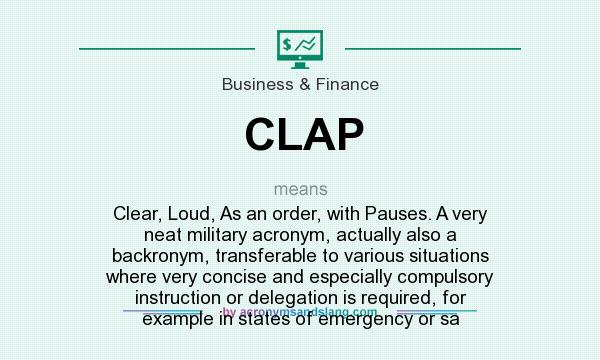

The second last flat in the key signature, is always the name and root note of the flat key signature, ie, in Eb Major, B, E, A, are flat, and ‘Eb,’ is the second last flat, so that’s the root note and name of the key signature. The note after the last Sharped note, is always the name of the Key Signature, ie, in B Major, F, C, G, D, A, the note after the last sharp, ‘A,’ is always the root note and title of the key signature, which in this case, is the ‘B’ note. The relative minor is always based on the sixth degree of the Major Scale, whether it’s sharp or flat.įor instance, in the Key Of A Major, the relative minor is based on the sixth note of that scale, which is F#. How To Remember The Names Of Major Key Signatures That Have Flatsįlats, Become, Easier, After, Drinking, Guinness, Cold For the Order of Flats in Flat-Key Signaturesīattle, Ends, And, Down, Goes, Charles, Father How to Remember Relative Minor Key Signatures How to Remember The Names Of Major Key Signatures That Have SharpsĬows, Go, Down, And Eat, Big, Fat, Chop For the Order of Sharps in Sharp-Key Signaturesįather, Charles, Goes, Down, And, Ends, Battle.

In summary, here are the ways of memorizing all of the information you need to know, and then we’ll explore each one individually so you know what I’m talking about. The Middle C key signature is best thought of as belonging to sharp key signatures, just because the majority of sharp key signatures are simply named with a letter in comparison to a flat key signature, which usually has a ‘b’ along with it. The most important key to look at is the Key of C Major, which is the primary diatonic scale on which the whole of western music theory is based. You don’t need to be a theory connoisseur to get these principles, but I will say that Mark Sarnecki’s Complete Elementary Rudiments (from Amazon – including the Answer Book) helped me a lot with this.

How To Memorize Key Signatures – An In-Depth Guide


 0 kommentar(er)
0 kommentar(er)
